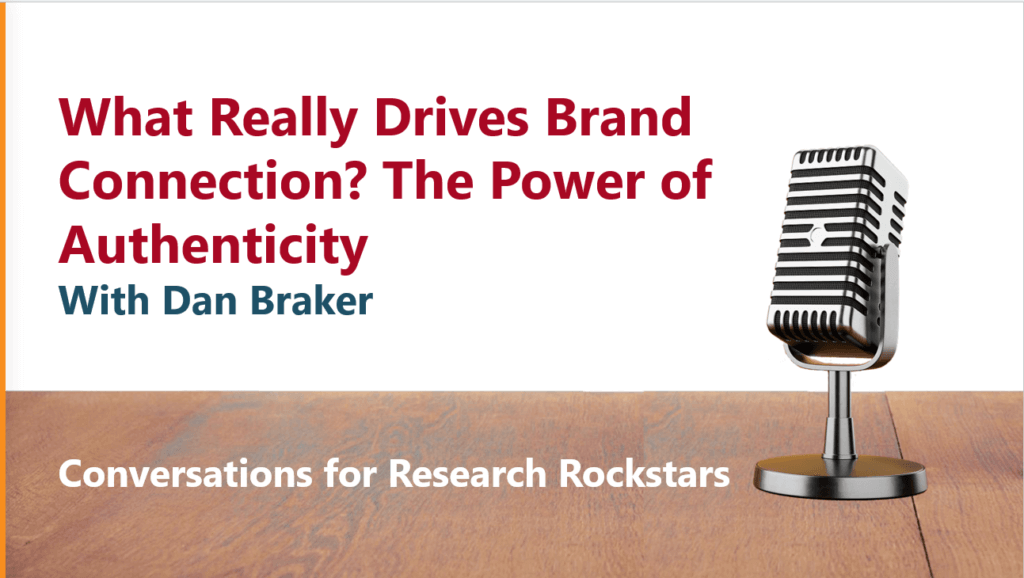When conducting survey projects, should you survey your own customer base (people who actually by from your company), or non-customers? Or both?
After all, you may very well have a list of customers that would be convenient for you to use for your survey project. But is that a wise choice? Maybe, maybe not.
In the quest for objectivity, we often do research with a mix of customer and non-customers. At the end of the project, we compare their responses to answer questions like:
- Do our current customers perceive our brand differently than do non-customers?
- Do our current customers value our product category differently than non-customers?
- Do the two groups differ in terms of feature requirements? Price sensitivity? Other purchase behavior?
Clearly, there is a lot of value in surveying both current customers and “potential” customers. But realistically, it can be a lot easier and faster to survey current customers. After all, you may have their contact information so emailing them a survey invitation is a snap. They know who you are, and may even like you enough to want to help out by sharing their opinions—so response rates are good. And you know they are real—no worries about the veracity of responses.
In contrast, getting access to non-customers can be expensive, time-consuming, and risky. Sure you can buy sample from a panel provider, or seek other options (partnerships with professional associations, user groups, etc that may meet your needs). But how much will it cost? How long to arrange it? What kind of response rate will you get? How are those respondents authenticated?
So, what’s a time-constrained, budget-sensitive researcher to do?
In an ideal world, you would examine your research objective, and then decide if it is best met by surveying current customers only, or a mix. For example, if your objective is to choose which features need to be in the next release of a software product, you may very well want both groups. Current customers, to keep them happy and maximize their likelihood to upgrade to the new release when it is available. New customers, in hopes of attracting them to the product for the first time.
But if time or budget doesn’t allow reaching non-customers?
Then you need to ask yourself two questions:
- Are my customers an acceptable proxy for non-customers? Do I know enough about both groups to understand how different they are—to have an informed opinion of the likelihood that they have similar attitudes and behaviors relevant to the study I am planning? The answers will tell you how much of a risk you are taking, so you can deliver the research with appropriate caveats for anyone who will use it.
- Is there an acceptable fallback? Even 10 interviews with non-customers is better than nothing. Or perhaps an outside expert with relevant experience is available (try Zintro or GLG for quick access to expert networks) for an objective sanity check.
Customer insights gathered through research deliver great value. But we always need to think about what we really mean by “customer”—current customers, or potential ones? Even if time or financial constraints prohibit you from conducting research with the ideal mix, take the time to understand the risks or consider fallback options.
[Subscribe by email to get the latest blogs as they are published. Click here: Yes, Send me Blog posts by email!]












1 comment
I just had an interesting conversation with someone about this blog. Bottom line: if you are doing research with current customers, it can sometimes be very interesting to capture length of their relationship with your brand. Someone who has been an actual customer for 1 year may have very different perceptions than a customer who has been with your brand for 5 years.